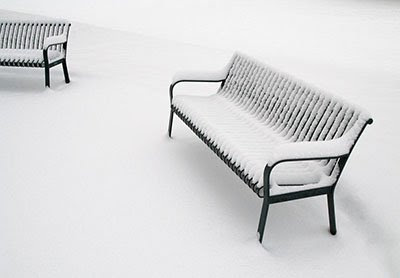
One of the most important concepts to understand is depth of field, which is the distance in front of, and behind the subject that will be sharp in relation to where you focus. The general rule of thumb is that the greater the ƒ-stop number, the more depth of field you will have. So, for example, at ƒ22 you will have a lot more in focus in front of, and behind your subject than you will at ƒ4.
The benefit of understanding this, is that different subjects benefit from using more or less depth of field. Landscapes, for example, benefit from greater depth of field because you can keep the foreground and background sharp. So you can keep a rock in the foreground in focus, as well as the mountains in the background.

But for portraits, the reverse is generally true. Although in environmental portraits there may be an interest in keeping the surroundings sharp, for the most part, we want to separate our subject from the background as much as possible. So shooting with a shallow depth of field is the way to go.

Just look at this portrait, taken on a basketball court. The important thing here is the personality and expression of the person, so allowing the background to go soft is a great solution.
But what if even shooting wide open (in this case, ƒ4) leaves some areas sharp because they are in the same plane of focus as the subject?

In this case, I duplicated the background layer, used guassian blur on the duplicate layer, then added a mask and protected the person’s face.

Look at the difference in this detail snapshot.


The result is that I’ve added more separation between the person, and the distracting pattern of the fence.












